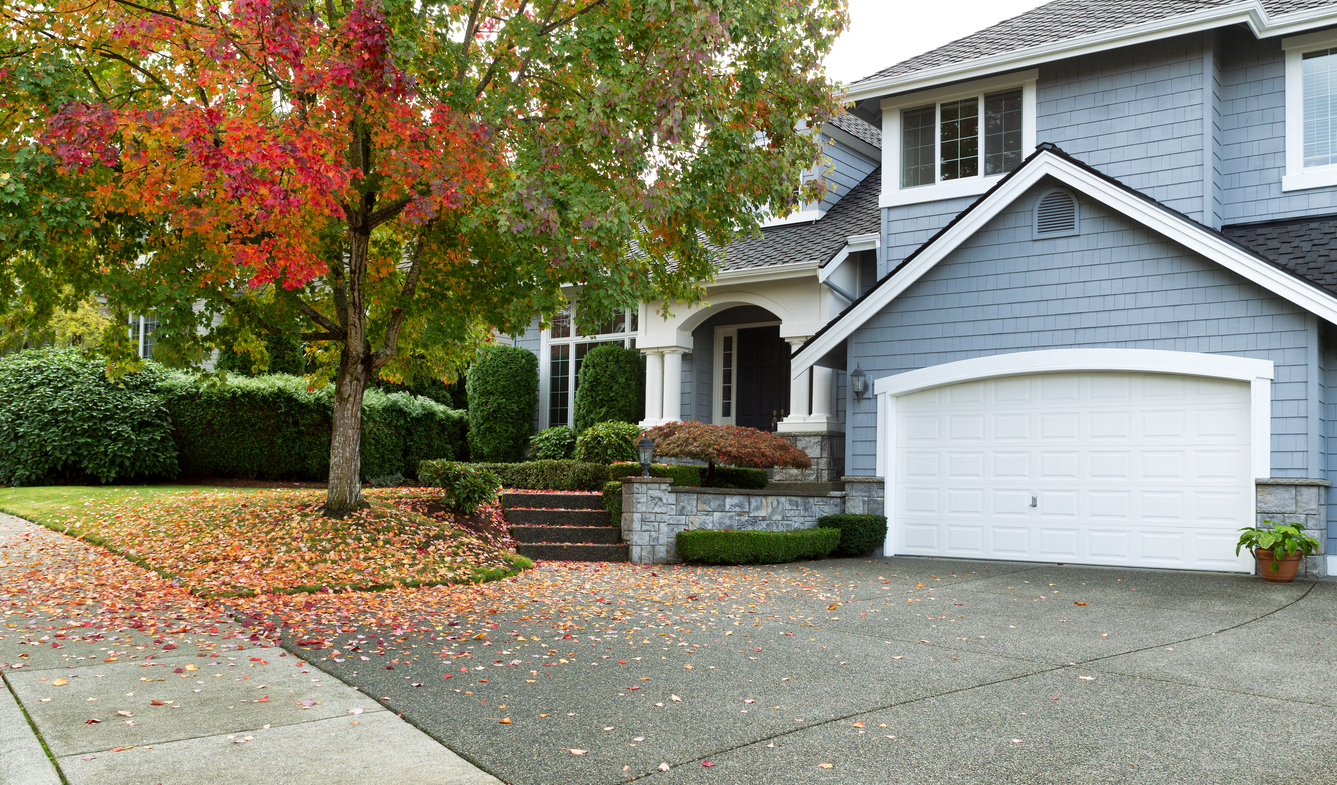The homeownership rate fell to 64.2% in the first quarter from 64.8% in the fourth quarter, according to U.S. Census Bureau figures released Thursday—a notable drop for a number that barely moves from one quarter to the next. After more than a decade of declines, the homeownership rate had been reliably on the upswing since the beginning of 2017 and was nearing its historic average of around 65%.
First-time buyers “are hitting a bit of an affordability ceiling here,” said Zillow Director of Economic Research Skylar Olsen.
A rising homeownership rate primarily reflects younger households successfully making the transition from renting to owning, which for many families is critical to saving for retirement and other big expenses. Those households have struggled in recent months as mortgage rates have risen and there has been a shortage of lower-priced inventory.
Younger buyers, who had been driving the rise in homeownership for the last couple of years, had some of the steepest falls in the first quarter. The homeownership rate of households headed by someone under 35 years old dropped nearly a full percentage point, to 35.4% from 36.5% in the fourth quarter. The homeownership rate among households headed by someone 35 to 44 dropped to 60.3% from 61.1%.
The homeownership rate is volatile, and it would take several straight quarters of decline to indicate owning a home is once again in decline in the U.S. While the homeownership rate fell over the quarter, it was virtually unchanged from a year earlier.
There was good news for rental landlords in Thursday’s Census report. The number of renter households increased by 458,000 in the first quarter compared with a year earlier, reversing a trend of declines in the number of Americans who rent. The number of owner households also increased by about 1 million during the same period.
The housing market slowed in the second half of 2018, due to rising mortgage rates, high home prices and a shortage of starter-home inventory. Average mortgage rates for a 30-year loan have since fallen from nearly 5% in the fall to just over 4% today. Nonetheless, cheaper interest rates and slowing home-price growth have yet to translate into stronger housing-market data.
Joel Kan, associate vice president of economic and industry forecasting at the Mortgage Bankers Association, said he expected the first-quarter drop in the homeownership rate to be a blip. Millennials are entering their early to mid-30s and eager to buy homes, which should translate to a higher homeownership rate in the coming quarters.
“We had a really, really volatile end of 2018,” Mr. Kan said, pointing to swings in the stock market, fears about slowing economic growth and declines in home sales. “Most of these [younger] borrowers are going to be in tighter financial circumstances. They are going to be more vulnerable to big swings.”













